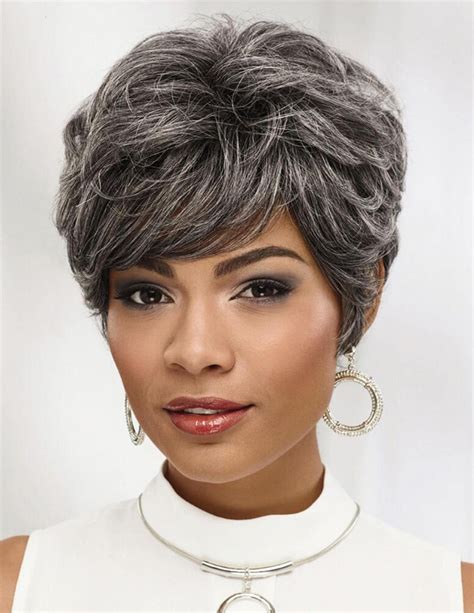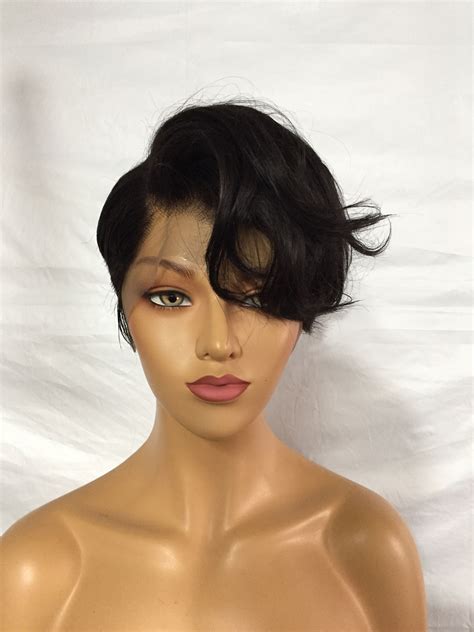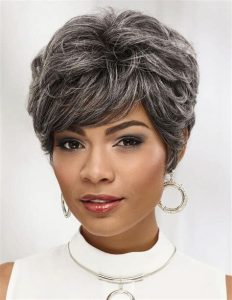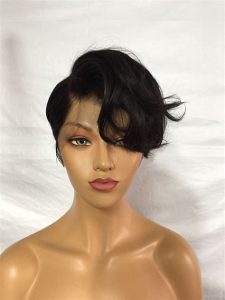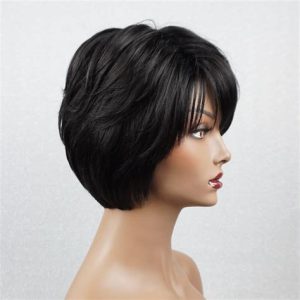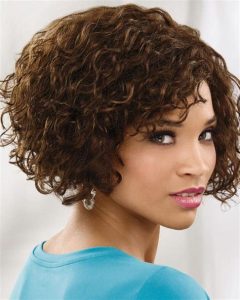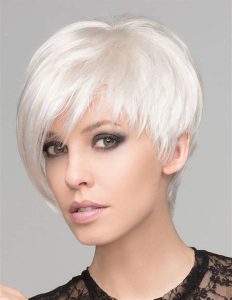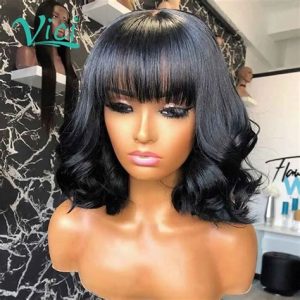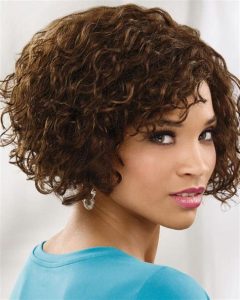4×4 Monofilament Boycuts Style Straight Wigs For Cancer: A Comprehensive Guide
Table of Contents
- Introduction
- Benefits of Monofilament Boycuts Style Straight Wigs
- Choosing the Right Monofilament Boycut Wig
- Styling and Maintaining Your Monofilament Boycut Wig
- Common Mistakes to Avoid
- Conclusion
- Frequently Asked Questions
Introduction
Cancer treatment can lead to hair loss, which can be a traumatic and distressing experience for many individuals. Monofilament boycuts style straight wigs offer a stylish and natural-looking solution for hair loss, providing comfort and confidence during a challenging time. This guide will delve into the benefits, selection, styling, and maintenance of monofilament boycuts style straight wigs for cancer patients, addressing common mistakes to avoid and providing valuable tips to ensure a positive wig-wearing experience.

Benefits of Monofilament Boycuts Style Straight Wigs
Monofilament boycuts style straight wigs offer numerous benefits for cancer patients:
- Natural Appearance: Monofilament wigs are crafted with a transparent mesh material that allows for the appearance of a natural scalp through the hair, creating a seamless and undetectable transition.
- Comfort and Breathability: The lightweight monofilament base allows for excellent breathability, reducing the risk of scalp irritation and discomfort, especially important for individuals experiencing scalp sensitivity due to treatment.
- Style Versatility: Boycuts style wigs offer a timeless and flattering look, with straight hair providing a sleek and sophisticated appearance. The versatility of boycuts allows for customization and styling to suit individual preferences.
- Confidence and Empowerment: Wigs can help restore a sense of normalcy and self-confidence, empowering individuals to feel comfortable and beautiful despite hair loss.
Choosing the Right Monofilament Boycut Wig
Selecting the right monofilament boycut wig is crucial for a comfortable and satisfactory experience:
- Size and Fit: Determine the appropriate wig size by measuring your head circumference. Ensure the wig fits snugly but not too tightly, allowing for some give to accommodate swelling or changes in head size during treatment.
- Hair Color and Texture: Choose a wig that closely matches your natural hair color and texture. Consider the color of your eyebrows and eyelashes to achieve a harmonious appearance.
- Fiber Type: Synthetic wigs are more affordable and require less maintenance, while human hair wigs offer a luxurious and realistic appearance. The choice depends on individual preferences and budget.
- Construction: Look for wigs with a monofilament top and a lace front, providing natural movement and a seamless hairline. Avoid wigs with polyurethane bases, which can be uncomfortable and cause irritation.
- Personal Style: Select a wig that complements your personal style and overall look. Consider the length, bangs, and layering that will enhance your facial features and express your personality.
Styling and Maintaining Your Monofilament Boycut Wig
Proper styling and maintenance are essential for maximizing the lifespan and beauty of your monofilament boycut wig:
- Styling: Use a wide-tooth comb or brush specifically designed for wigs to avoid tangles and breakage. Apply heat styling products sparingly, as excessive heat can damage the wig fibers. Consider using a wig holder or stand to prevent snags and maintain the shape of the wig.
- Washing: Wash your wig every 6-8 wears or as needed. Fill a basin with lukewarm water and add a small amount of gentle shampoo. Soak the wig for 10-15 minutes and gently massage it to remove dirt and product buildup. Rinse thoroughly with cool water.
- Conditioning: Use a leave-in conditioner specifically formulated for wigs to maintain moisture and prevent dryness. Apply the conditioner to damp hair, avoiding the root area.
- Drying: Allow the wig to air dry on a wig stand. Never use a blow dryer or heat styling tools on a wet wig, as it can cause the fibers to become distorted.
Common Mistakes to Avoid
- Over-styling: Avoid excessive styling products and heat, which can damage the wig fibers and shorten the wig’s lifespan.
- Improper Washing: Using harsh chemicals or hot water can damage the wig’s fibers and cause discoloration.
- Sleeping in the Wig: Wearing your wig overnight can lead to tangles, matting, and loss of shape. Always remove your wig before going to bed.
- Storing the Wig Incorrectly: Store the wig on a wig stand or in a breathable wig box when not in use. Avoid storing the wig in extreme temperatures or direct sunlight.
- Not Seeking Professional Help: Consulting a wig specialist or salon can provide valuable advice on wig selection, styling, and maintenance, ensuring a positive wig-wearing experience.
Conclusion
Monofilament boycuts style straight wigs offer a stylish and comfortable solution for hair loss during cancer treatment. By understanding the benefits, selecting the right wig, and following proper styling and maintenance techniques, individuals can enhance their self-confidence and well-being throughout their journey. By addressing common mistakes and seeking professional guidance, cancer patients can optimize their wig-wearing experience, empowering them to feel beautiful and radiant during a challenging time.
Frequently Asked Questions
- Can I wear a wig during chemotherapy? Yes, wigs are suitable for wearing during chemotherapy as they provide comfort and can help manage hair loss.
- How often should I replace my wig? The lifespan of a wig varies depending on the fiber type and frequency of wear. Generally, synthetic wigs last 3-6 months, while human hair wigs can last 1-2 years with proper care.
- Can I sleep in my wig? No, it is not recommended to sleep in a wig, as it can lead to tangles and damage. Always remove your wig before going to bed.
- Can I style my wig with heat? Yes, but use heat styling tools sparingly and apply a heat protectant spray to avoid damage to the wig fibers.
- Where can I get professional help with wigs? Wig specialists and salons can provide guidance on wig selection, styling, and maintenance. You can also consult with a healthcare professional or support group for additional support and resources.

